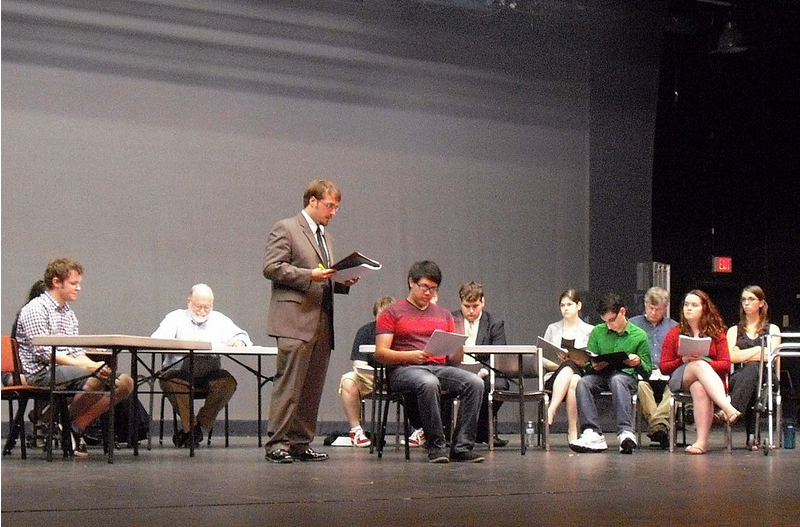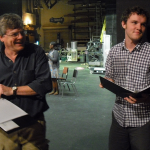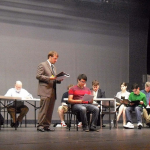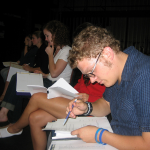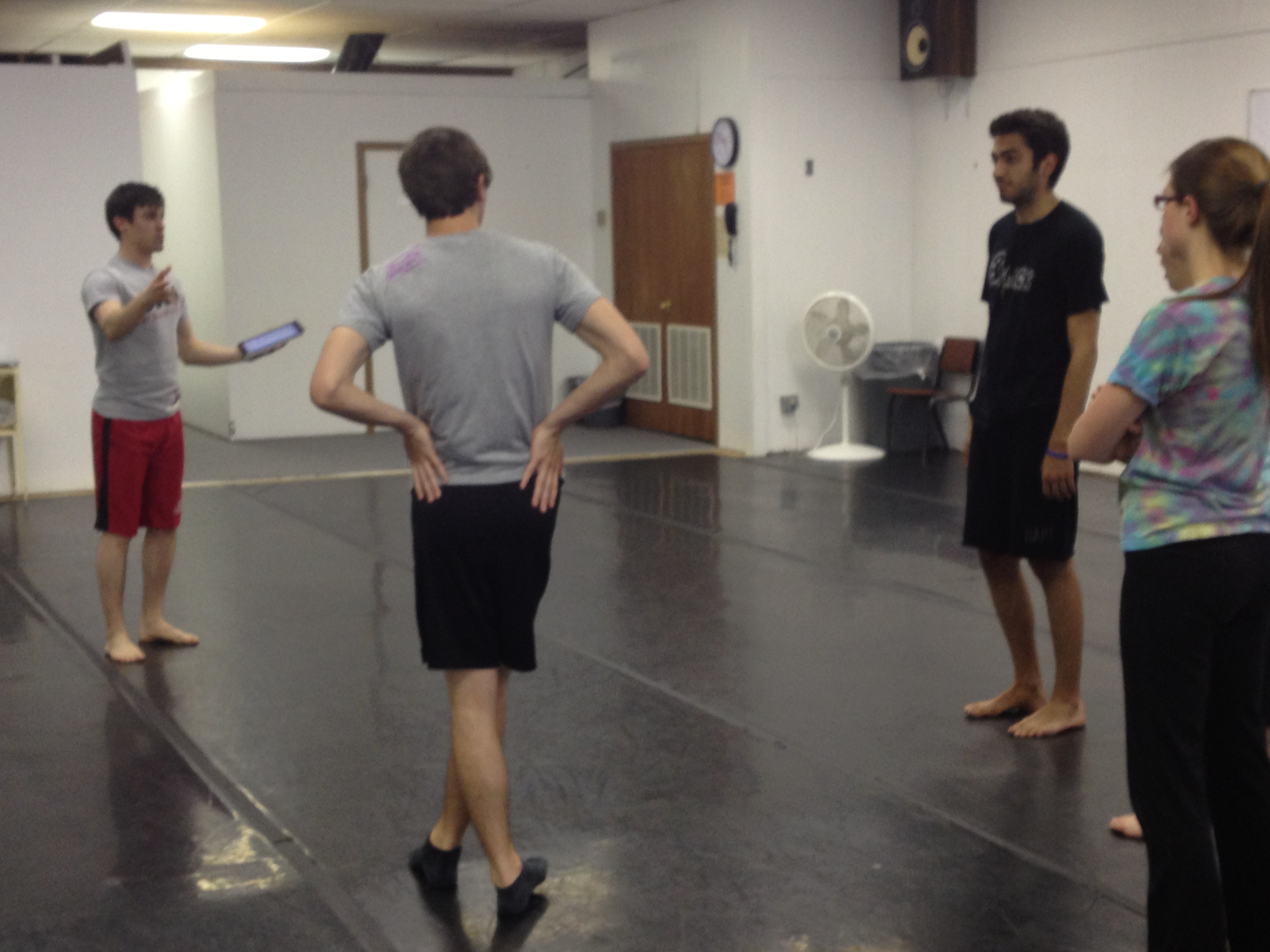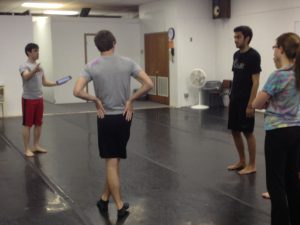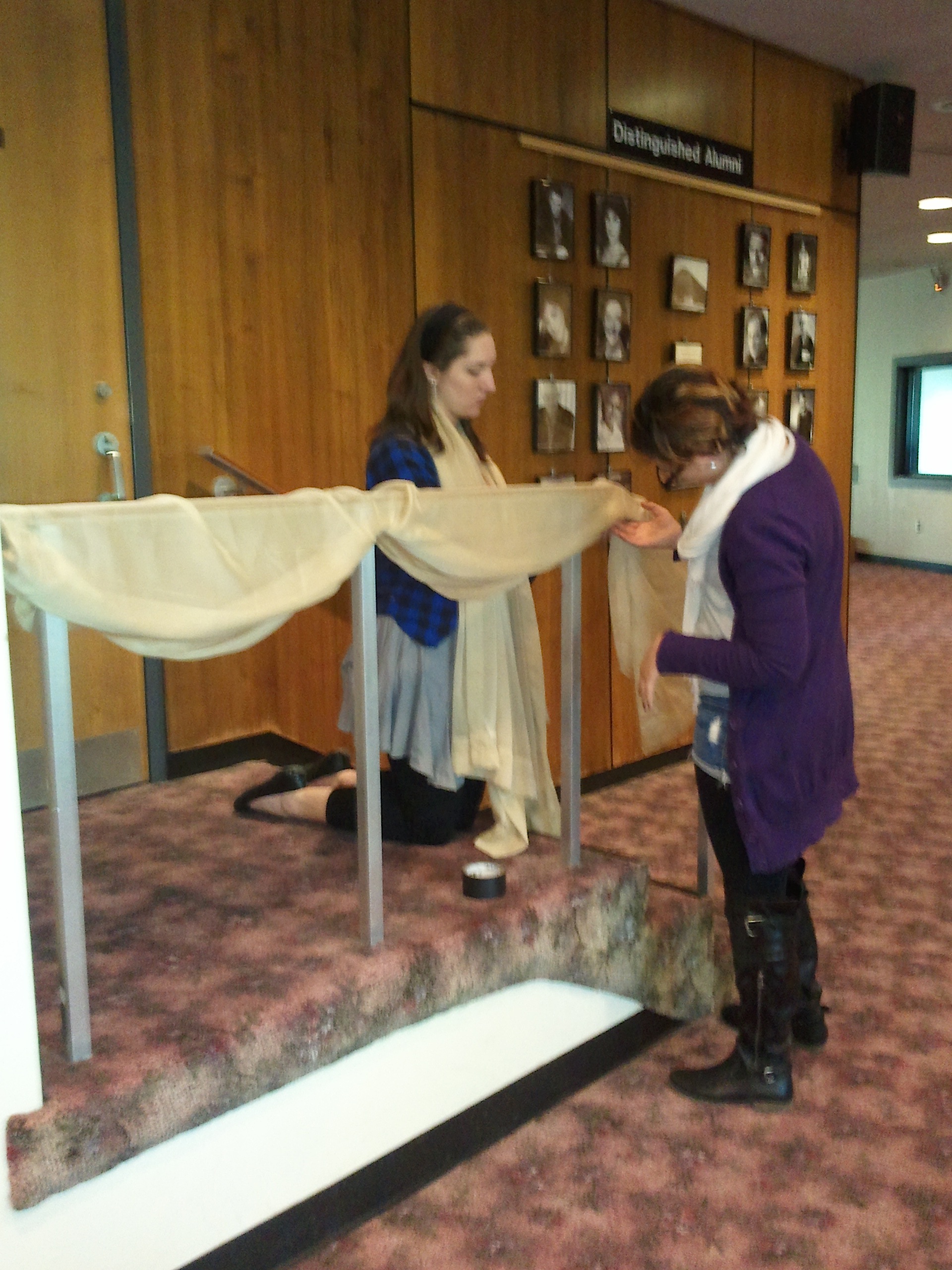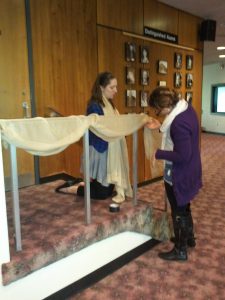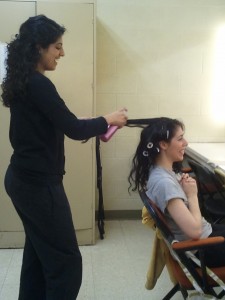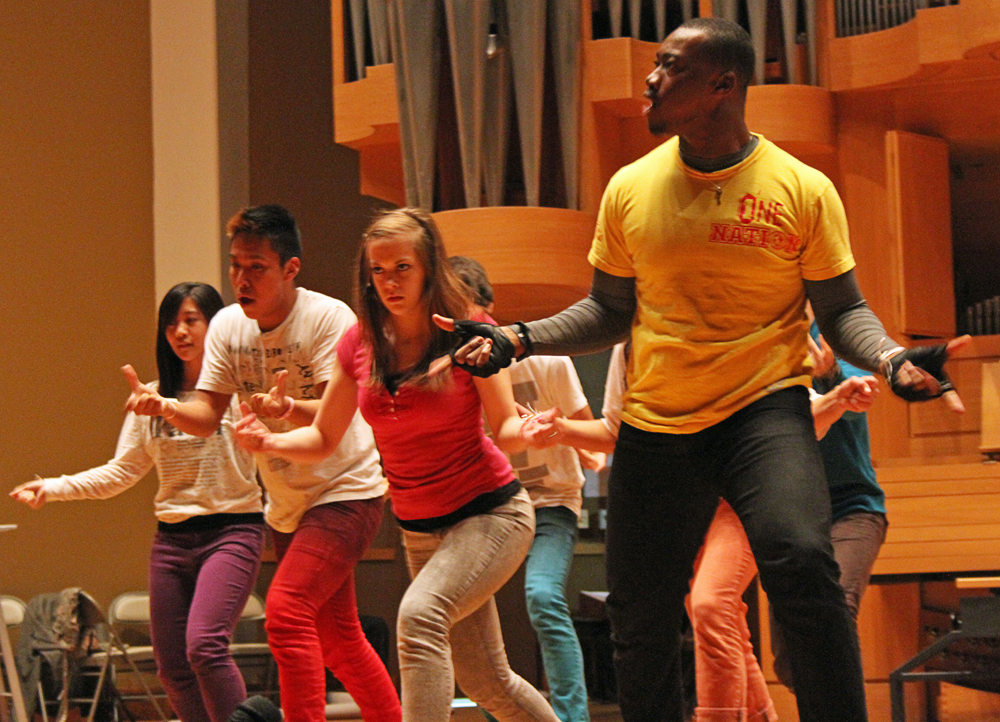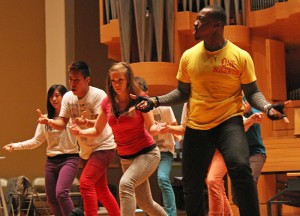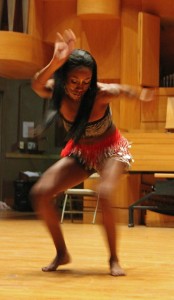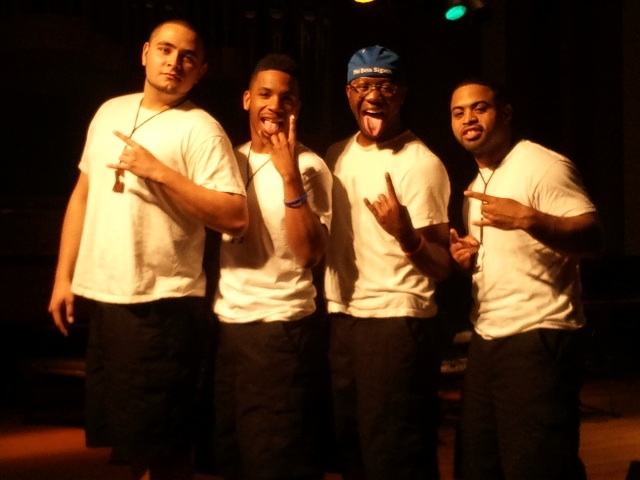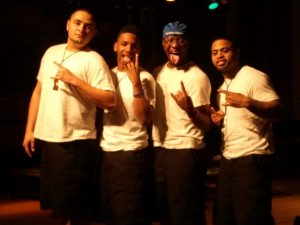By Emma Goetz
Transcript Reporter
Ohio Wesleyan has the privilege of being the first college in Ohio to put on a staged reading of “8,” a play based on the Proposition 8 case in California.
Sophomore Ryan Haddad, the show’s producer, first had the vision to perform “8” almost a year ago, and since then, it’s been a long process.
“I have been thinking about this since October 20, 2011,” he said. “We went to the OWU theatre board in November to get approval and got the rights from Broadway Impact in January.”
Broadway Impact was created as a direct reaction to Proposition 8. It is distributing “8” free of charge to groups who want to stage a read-through.
“Usually when you are trying to mount a play, even a staged reading, the cost is really crazy expensive so you might not have the resources to fund it,” Haddad said.
“The great thing about Broadway Impact is that they are licensing it to everyone free of charge, after you go through a lengthy process.”
The process might be extensive, but the representatives have been supportive and continually in contact with those putting on the reading.
Senior Leah Shaeffer, director and social media coordinator of “8”, said Broadway Impact’s support has been incredibly important to the production.
“When we post things like videos, they are very good about sharing it,” she said. “We are very grateful for all the publicity they have given us. Thousands of people know about OWU’s reading now because of that.”
Some of the people became involved with “8” because the issue struck a chord.
“The issue is really close to my heart,” Shaeffer said, “I want to reach students, faculty members, and those who are indecisive, don’t think (marriage equality) affects their lives and therefore don’t care about it, or just are against it.”
Senior Anthony Lamoureux wanted to be a part of “8” for the similar reasons.
“I care about the issues and the production was being talked about by a lot of different people,” he said. “I have plenty of family and friends who fight for marriage equality so it’s something I personally believe in. So what better way to educate an audience about it?”
Not only did the audience need educating, but many of the participants did as well.
“Those auditioning didn’t know what proposition 8 was about,” Shaeffer said. “They did not know what it was about or to be for it or against it. So it was nice to be able to educate them.”
This was the case for junior Jackie Amanna, who is cast as the Broadcast Journalist.
“I decided to get involved because I do not know a lot about the issue,” she said. “I did not know specifically what had happened or what the trial is about. I wanted to be able to educate people. You need to be in a constant state of ‘I need to learn.’”
A big challenge for a portion of the actors has been channeling their characters. In “8,” the defendants are against marriage equality.
Senior Andrew Rossi plays Charles Cooper, the leading attorney on the defendants’ side. Rossi has called himself the bad guy of the show.
“I call him the bad guy, but the important thing is to remember that he is a real person who more or less believes what he is trying to do,” Rossi said.
“The important thing is that if you want to achieve results you have to portray a show honestly. So the best thing I can do is to portray this person who is against gay rights honestly. That is the only way we can make the show successful.”
The truth that the show is based off fact, not fiction, is something those involved have had to keep in mind.
“This is not propaganda,” said Amanna.
Some of the script is fiction, such as the behind-the-scene conversations from the central family.
However, the rest is based on the actual transcripts, even if it has been edited down to fit in the allotted time. The reasoning behind basing it on the actual transcripts from the case is because those promoting Proposition 8 successfully blocked all media coverage.
Support for the show has gone beyond OWU’s borders, as tickets have been reserved for people from Delaware and Columbus.
A huge supporter of the show has been Dwayne Steward, host of the radio show “Queer Minded”, which is broadcast all around Columbus.
Steward grew up in Delaware and according to Haddad, was not always welcome because he is homosexual, which is why he has been so supportive.
Not only is he attending the reading, but he also conducted an interview with OWU “8” participants on Sept. 10. Dustin Lance Black, “8” playwright and Academy Award-winner, joined Steward in the interview. The podcast will air online on Friday at 10 p.m.
The cast welcomes representatives from every viewpoint to attend the show and stay after for the discussion on marriage equality. They say their main goal is to educate people and add another layer to the marriage equality discussion.
“This is my favorite kind of theatre,” said junior Rachel Vinciguerra, an actor in the reading.
“My favorite play I was involved in before this was ‘The Laramie Project” and it is about gay rights. Productions like this make theatre directly applicable to the audience…It is called documentary theatre. “
“We encourage people who may not agree with us to come see the play,” Haddad said.
“If they come and watch and sit through the show, we will have a discussion afterwards. We understand that people have different views. If everyone was for (marriage equality) we would not have to promote this play. We are doing our part to promote gay rights.”
“If we put our whole heart and soul into something that we can only have good outcome,” said Rossi.
